January 2022, Vol. 249, No. 1
Features
Field Coatings for Elevated Temperature Pipelines
By John Strong, Technical Field Specialist, Polyguard
On the other hand, moisture cured composites have not been shown to shield CP but do cost up to eight times or more per roll versus the solid back PE. These factors should be considered before specifying any elastomeric coating.
Heat shrinkable sleeves have been used for field joint coatings all across the world since the 1960’s. The technology has been almost completely phased out in the United States due to CP shielding issues from disbondments and corrosion failures. Soil stress and incorrect application are two of the main factors contributing to the heat shrinkable sleeves failures.
In Photo 3 the typical failure of a heat shrinkable sleeve can be seen. This failure can most likely be attributed to incorrect shrinking of the sleeve. There can be great variances in application due to preheat steps, heating while applying the material and removing the trapped air. These failure points and application concerns should be considered with the highest priority by the pipeline operator before specifying this technology.
Polyguard has successfully produced the RD-6 mesh-back field coating system for over 30 years. There are currently thousands of miles of pipe in the ground coated with this system and not a single reported corrosion failure when installed properly.
The upper temperature limit of this system (145°F, 63°C) did exclude it from being specified on some elevated temperature pipelines. Over the past few years, the pipeline team at Polyguard, in conjunction with staff chemists, have developed a product with the same unparalleled performance of RD-6, but with the thermal resistance required to withstand operating temperatures up to 190°F (88°C). This temperature was a goal number for more closely matching the performance of mainline FBE and three-layer systems. The final product was named RD-6 HT.
Many operators choose to use this mesh-back system due to its performance history in the field, but also find the ease of application and consistency of the finished result a major factor. A manual operated machine used during application will help ensure tension is correct and a repeatable overlap.
In Photo 4 a crew is being trained on proper setup of the machine and adjustment of the overlap. Polyguard offers this service free of charge at the jobsite or, as in the previous photo, at a dedicated training site. RD-6 and RD-6 HT share all these same traits and no new steps are required to install the high temperature product.
One of the most critical performance characteristics of a high temperature coating is how it performs under a high temperature cathodic disbondment test. Table 3 outlines results of RD-6 HT in comparison to the applicable FBE mainline coating systems.
Table 3 shows that in an extended duration high temperature CD test the RD-6 HT will perform in line or superior to most FBE coating systems. Photos 5-7 illustrate the cell assembly of the RD-6 HT in the CD test. RD-6 HT also possesses the same non-shielding properties as RD-6. The industry has also accepted FBE to be a non-shielding coating so it would make sense for the field joint system to perform in a similar fashion.
RD-6 HT has already been specified and successfully applied by midstream pipeline owners throughout the country and Canada. Pipeline operators have been receptive for being able to have another option when field coating lines above the operating limits of standard coatings.
References
Moshfeghian, D. M. (2009, Aug. 1). How sensitive are crude oil pumping requirements to viscosity? Campbell Tip of the Month. Retrieved November 30, 2021, from http://www.jmcampbell.com/tip-of-the-month/2009/08/how-sensitive-are-crude-oil-pumping-requirements-to-viscosity/.
https://polyguardproducts.com/wp-content/uploads/2021/07/RD-6HT_DATASHEET072721-1.pdf
Author: John Strong, a technical field specialist with Polyguard is a NACE Senior Corrosion Technologist No. 24198.




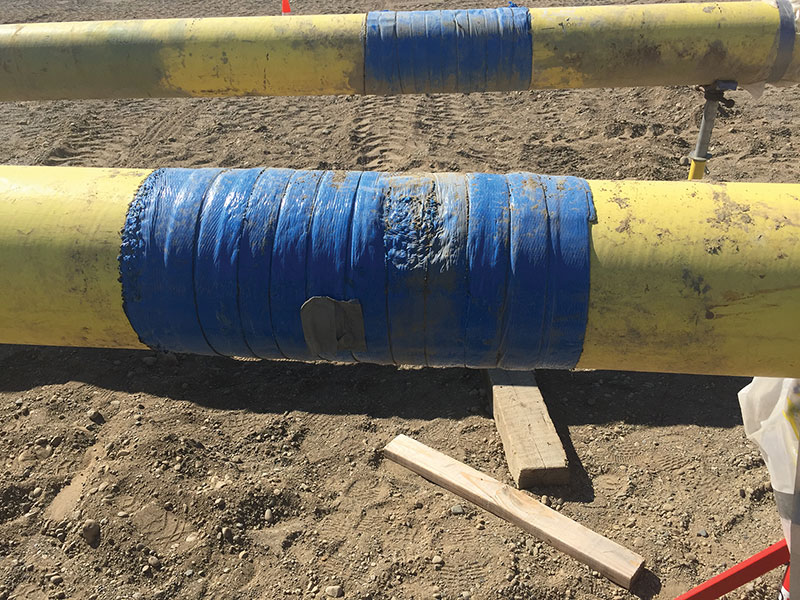
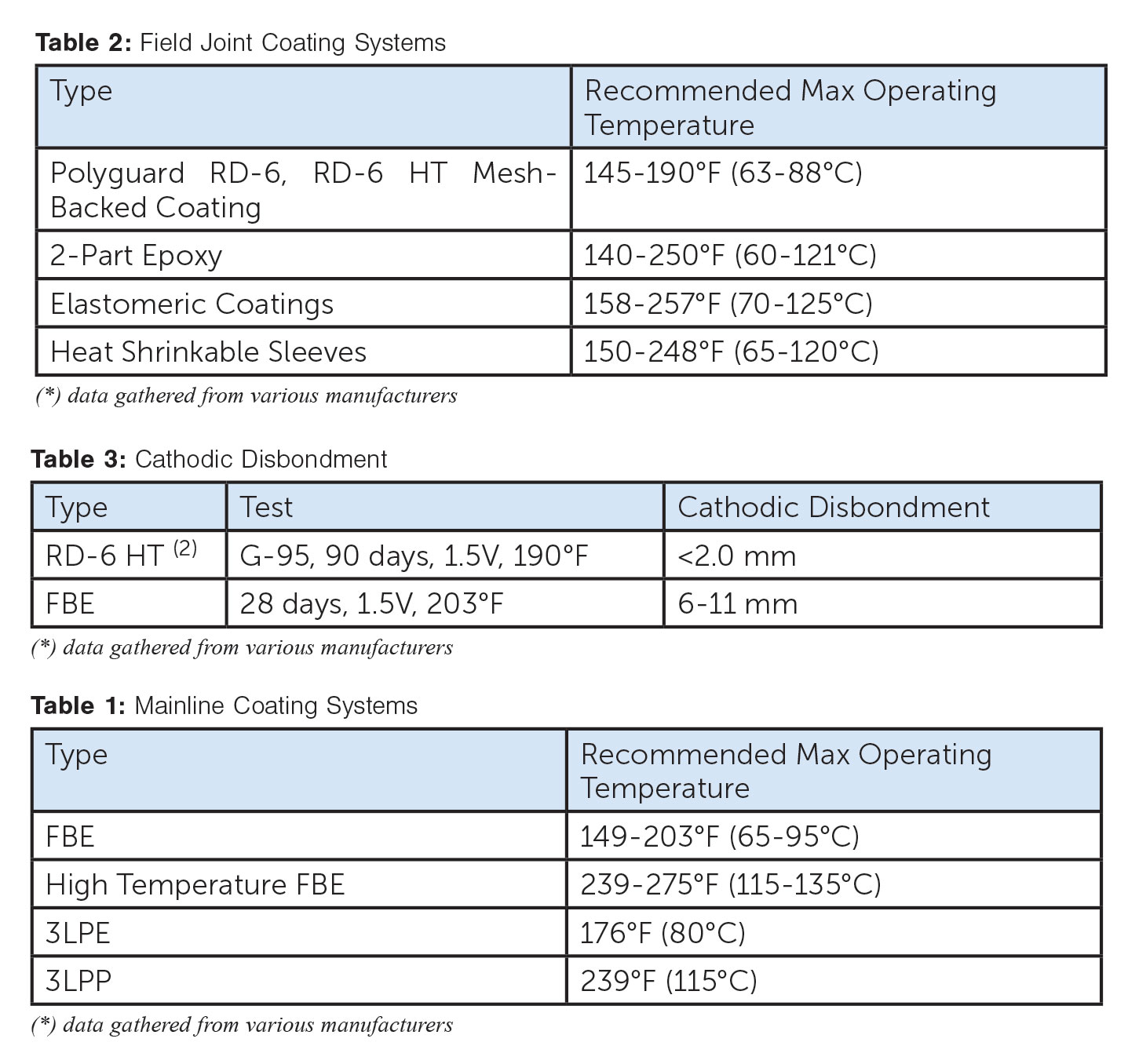

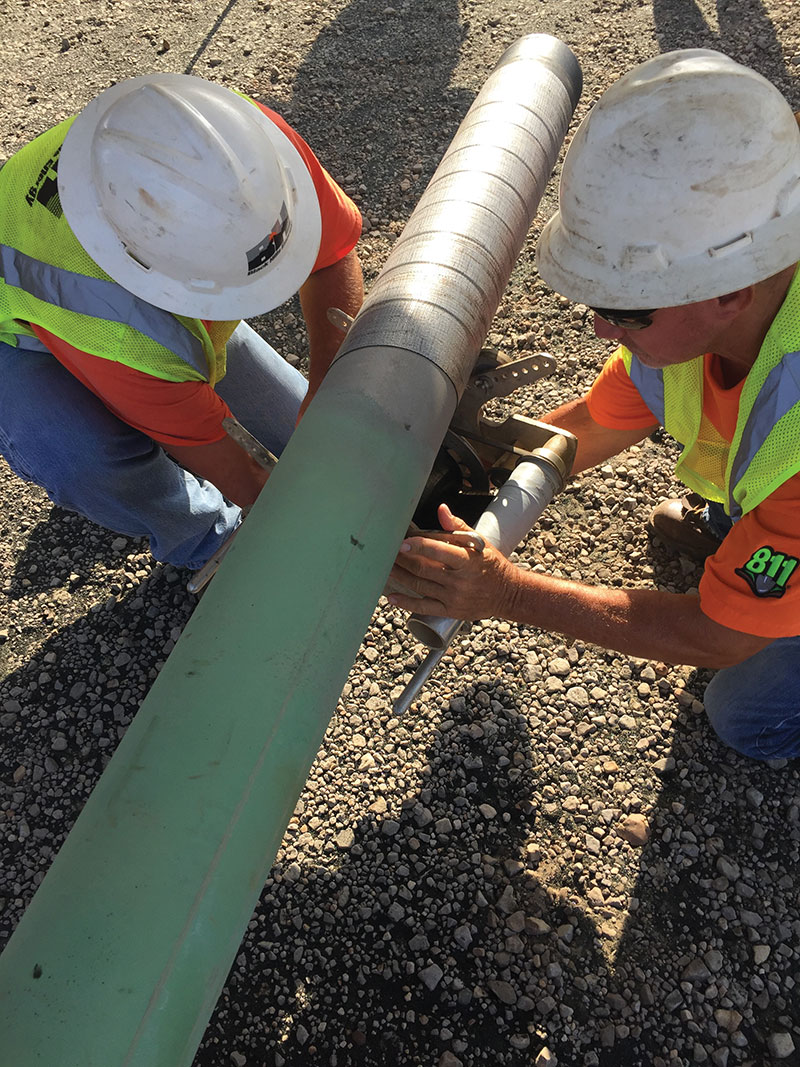
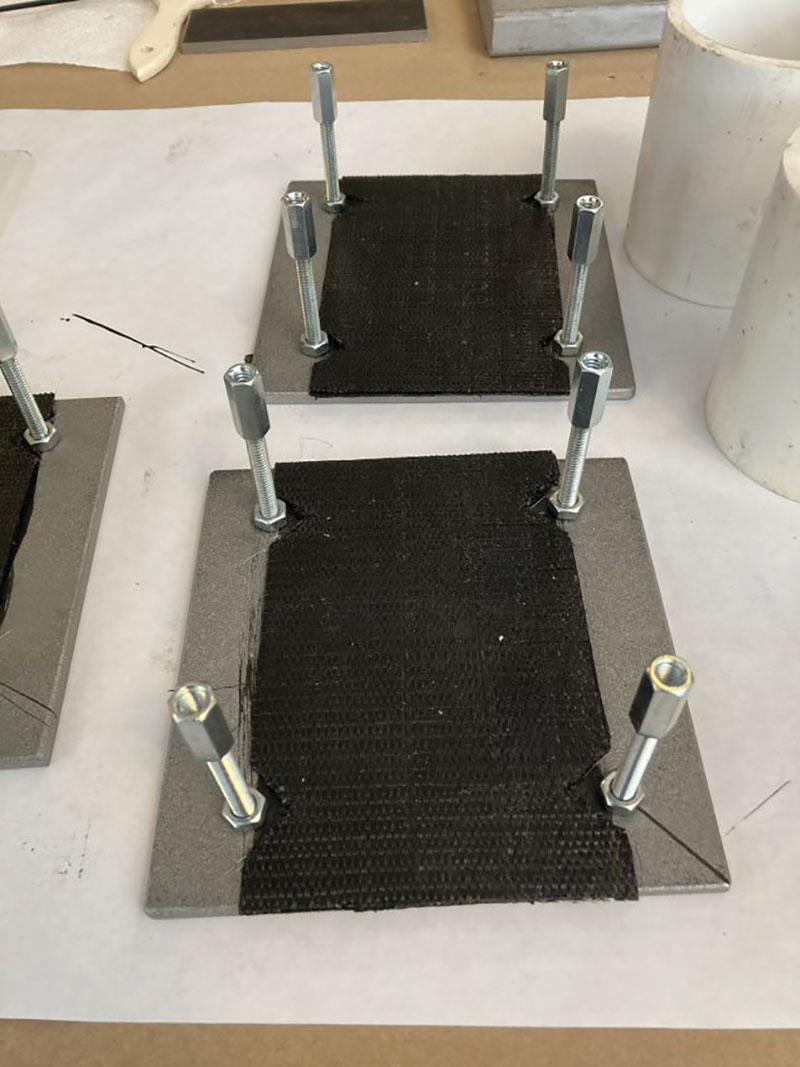

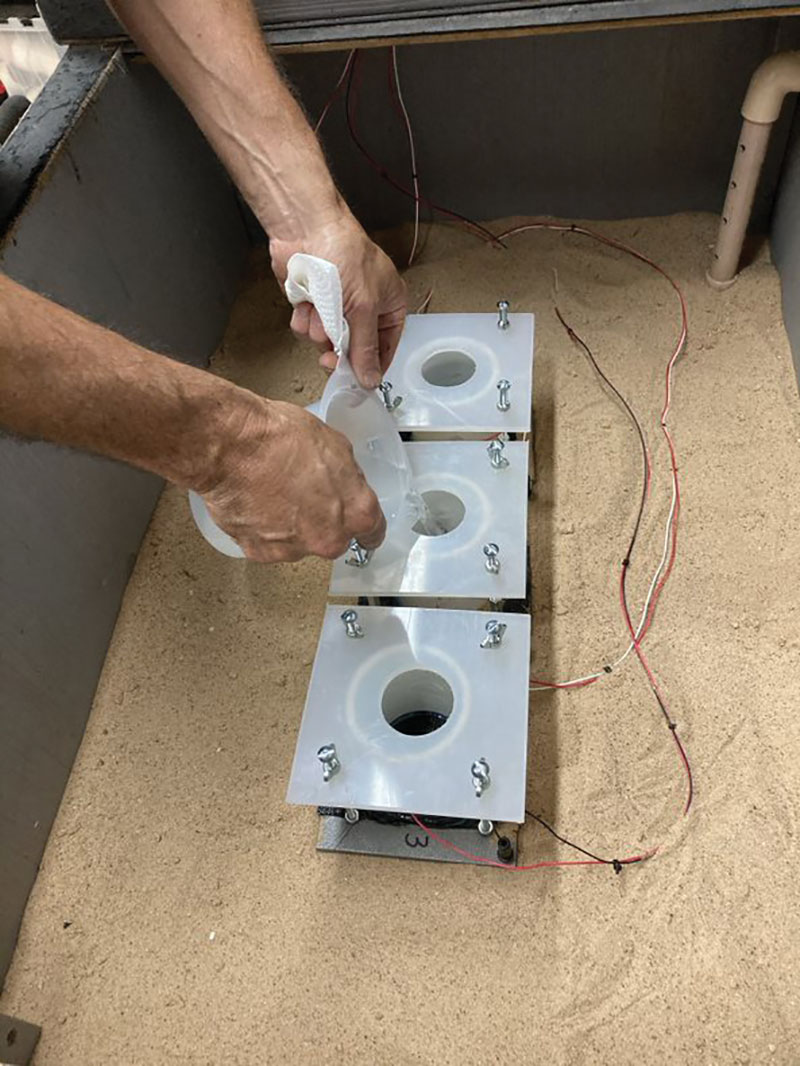


Comments